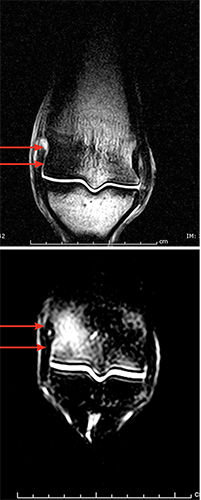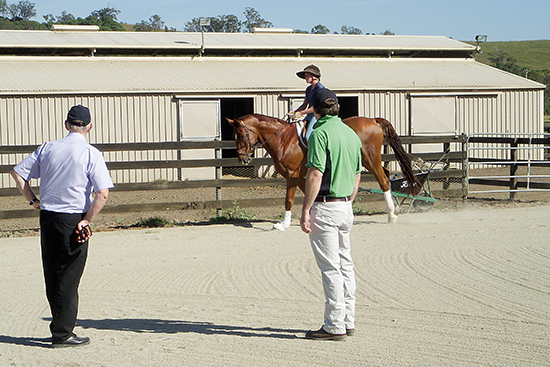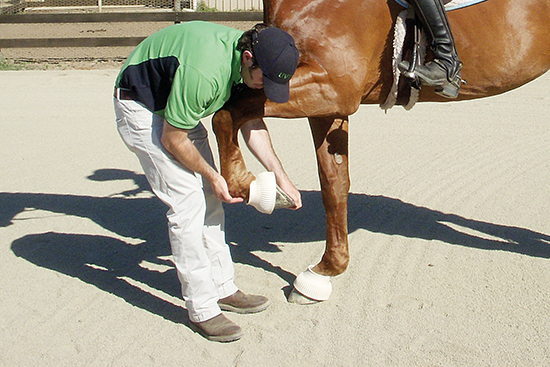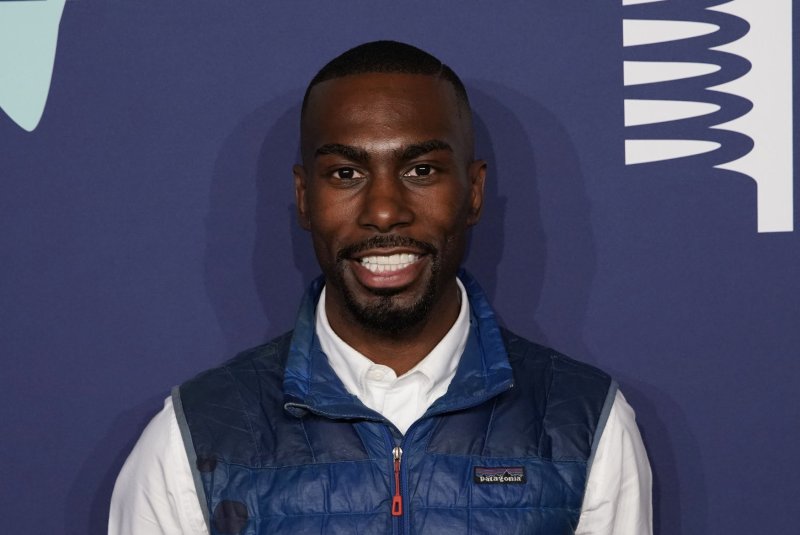THE US IS THE SECOND-BIGGEST CARBON EMITTER IN THE WORLD.
By Tom Hale 04 NOV 2020,
Today, the US officially exited the Paris Climate Agreement, leaving the world’s biggest climate change accords to go ahead without the participation of the planet's second-biggest carbon emitter.
The Trump administration formally submitted notification to the United Nations to officially start the US withdrawal process from the Paris Agreement in November 2019, after making the decision to leave in July 2017. Now, the paperwork has gone through and the US has exited the Paris Agreement as of November 4, 2020.
In accordance with the Agreement, a country cannot issue a notice of its withdrawal before three years after its start date, which was November 4, 2016, for the US, meaning November 4, 2020, was the earliest possible date the US could leave. This date coincidentally falls on the same day as the US Presidential election, although the move will remain regardless of the outcome of the election. That said, Democrat Presidential nominee Joe Biden has promised to rejoin the Agreement if elected.
The central aim of the Paris Agreement is to keep global rising temperatures from climate change “well below 2°C (3.6°F) above pre-industrial levels” with the hopes to limit this to just 1.5°C (2.7°F). It sets out to achieve this by peaking greenhouse gas emissions as soon as possible and undertaking rapid reductions thereafter, primarily through each country setting voluntary and nationally determined emission targets. Of the 195 signatories (194 states and the European Union) that initially signed the Paris Agreement in 2015, 189 have now ratified the agreement. Along with the US, other countries that have not completed the formal process are Angola, Eritrea, Iran, Iraq, South Sudan, Turkey, and Yemen.
Without the US on board, the task of cutting global emissions will become substantially harder to achieve. The US is the world’s second-biggest emitter of greenhouse gas emissions after China, producing around 15 percent of the world’s total carbon dioxide emission.
"The formal withdrawal of the US today from the #ParisAgreement comes amidst a shifting tide of public support for urgent and far-reaching action to stop the climate crisis," the Climate Action Network tweeted on Wednesday. "Regardless of the current US administration's exit from the #ParisAgreement, it cannot undo the powerful movement for #climatejustice built by millions of people in the US and across the world, empowered by a renewed sense of international solidarity for a safe & just future."
President Trump’s argument for leaving the Agreement was that it was a “bad deal” for the US. Contributions are proportional and for the US, as one of the richest nations and the biggest emitters, it would prove costly. In July 2017, he said: “The bottom line is that the Paris accord is very unfair to the United States. It is transferring coal jobs to foreign countries.”
However, a number of studies throw doubt on the claim that the Agreement is economically damaging, especially in the long run. Research has found
that the economic ramifications of climate change – from shortened life spans to increased natural disasters like storms and wildfires – could see the global economy shrink 7 percent by the end of the century if we allow greenhouse gas emissions to continue business as usual. Other studies have shown that acting on climate change, rather than ignoring it, could save the world an estimated $20 trillion by 2100.
China, which is responsible for 26 percent of the world's carbon emissions, has announced it is aiming for carbon neutrality by 2060.
US formally exits Paris pact aiming to curb climate change
The move, long threatened by U.S. President Donald Trump and triggered by his administration a year ago, further isolates Washington in the world
The Associated Press
November 4, 2020
BERLIN (AP) — The United States on Wednesday formally left the Paris Agreement, a global pact forged five years ago to avert the threat of catastrophic climate change.
The move, long threatened by U.S. President Donald Trump and triggered by his administration a year ago, further isolates Washington in the world but has no immediate impact on international efforts to curb global warming.
There are 189 countries that remain committed to the 2015 Paris accord, which aims to keep the increase in average temperatures worldwide “well below” 2 degrees Celsius (3.6 degrees Fahrenheit), ideally no more than 1.5C (2.7 F), compared to pre-industrial levels. A further six countries have signed, but not ratified the pact.
Scientists say that any rise beyond 2 degrees Celsius could have a devastating impact on large parts of the world, raising sea levels, stoking tropical storms and worsening droughts and floods.
The Paris accord requires countries to set their own voluntary targets for reducing greenhouse gases such as carbon dioxide. The only binding requirement is that nations have to accurately report on their efforts.

By Tom Hale 04 NOV 2020,
Today, the US officially exited the Paris Climate Agreement, leaving the world’s biggest climate change accords to go ahead without the participation of the planet's second-biggest carbon emitter.
The Trump administration formally submitted notification to the United Nations to officially start the US withdrawal process from the Paris Agreement in November 2019, after making the decision to leave in July 2017. Now, the paperwork has gone through and the US has exited the Paris Agreement as of November 4, 2020.
In accordance with the Agreement, a country cannot issue a notice of its withdrawal before three years after its start date, which was November 4, 2016, for the US, meaning November 4, 2020, was the earliest possible date the US could leave. This date coincidentally falls on the same day as the US Presidential election, although the move will remain regardless of the outcome of the election. That said, Democrat Presidential nominee Joe Biden has promised to rejoin the Agreement if elected.
The central aim of the Paris Agreement is to keep global rising temperatures from climate change “well below 2°C (3.6°F) above pre-industrial levels” with the hopes to limit this to just 1.5°C (2.7°F). It sets out to achieve this by peaking greenhouse gas emissions as soon as possible and undertaking rapid reductions thereafter, primarily through each country setting voluntary and nationally determined emission targets. Of the 195 signatories (194 states and the European Union) that initially signed the Paris Agreement in 2015, 189 have now ratified the agreement. Along with the US, other countries that have not completed the formal process are Angola, Eritrea, Iran, Iraq, South Sudan, Turkey, and Yemen.
Without the US on board, the task of cutting global emissions will become substantially harder to achieve. The US is the world’s second-biggest emitter of greenhouse gas emissions after China, producing around 15 percent of the world’s total carbon dioxide emission.
"The formal withdrawal of the US today from the #ParisAgreement comes amidst a shifting tide of public support for urgent and far-reaching action to stop the climate crisis," the Climate Action Network tweeted on Wednesday. "Regardless of the current US administration's exit from the #ParisAgreement, it cannot undo the powerful movement for #climatejustice built by millions of people in the US and across the world, empowered by a renewed sense of international solidarity for a safe & just future."
President Trump’s argument for leaving the Agreement was that it was a “bad deal” for the US. Contributions are proportional and for the US, as one of the richest nations and the biggest emitters, it would prove costly. In July 2017, he said: “The bottom line is that the Paris accord is very unfair to the United States. It is transferring coal jobs to foreign countries.”
However, a number of studies throw doubt on the claim that the Agreement is economically damaging, especially in the long run. Research has found
 |
| Add caption |
China, which is responsible for 26 percent of the world's carbon emissions, has announced it is aiming for carbon neutrality by 2060.
US formally exits Paris pact aiming to curb climate change
The move, long threatened by U.S. President Donald Trump and triggered by his administration a year ago, further isolates Washington in the world
The Associated Press
November 4, 2020
BERLIN (AP) — The United States on Wednesday formally left the Paris Agreement, a global pact forged five years ago to avert the threat of catastrophic climate change.
The move, long threatened by U.S. President Donald Trump and triggered by his administration a year ago, further isolates Washington in the world but has no immediate impact on international efforts to curb global warming.
There are 189 countries that remain committed to the 2015 Paris accord, which aims to keep the increase in average temperatures worldwide “well below” 2 degrees Celsius (3.6 degrees Fahrenheit), ideally no more than 1.5C (2.7 F), compared to pre-industrial levels. A further six countries have signed, but not ratified the pact.
Scientists say that any rise beyond 2 degrees Celsius could have a devastating impact on large parts of the world, raising sea levels, stoking tropical storms and worsening droughts and floods.
The Paris accord requires countries to set their own voluntary targets for reducing greenhouse gases such as carbon dioxide. The only binding requirement is that nations have to accurately report on their efforts.

A makeshift globe burns in front of the European Central Bank in Frankfurt, Germany, Wednesday, Oct. 21, 2020. (AP Photo/Michael Probst)
The United States is the world’s second biggest emitter after China of heat-trapping gases such as carbon dioxide and its contribution to cutting emissions is seen as important, but it is not alone in the effort. In recent weeks, China, Japan and South Korea have joined the European Union and several other countries in setting national deadlines to stop pumping more greenhouse gases into the atmosphere.
Democratic presidential candidate Joe Biden has said he favors signing the U.S. back up to the Paris accord
The German government said it was “highly regrettable” that the United States had left the pact.
“It’s all the more important that Europe, the EU and Germany lead by example,” said government spokesman Steffen Seibert, citing the EU’s goal of becoming the first climate neutral continent by 2050.
While the Trump administration has shunned federal measures to cut emissions, Seibert noted that U.S. states, cities and businesses have pressed ahead with their own efforts.
The United States is the world’s second biggest emitter after China of heat-trapping gases such as carbon dioxide and its contribution to cutting emissions is seen as important, but it is not alone in the effort. In recent weeks, China, Japan and South Korea have joined the European Union and several other countries in setting national deadlines to stop pumping more greenhouse gases into the atmosphere.
Democratic presidential candidate Joe Biden has said he favors signing the U.S. back up to the Paris accord
The German government said it was “highly regrettable” that the United States had left the pact.
“It’s all the more important that Europe, the EU and Germany lead by example,” said government spokesman Steffen Seibert, citing the EU’s goal of becoming the first climate neutral continent by 2050.
While the Trump administration has shunned federal measures to cut emissions, Seibert noted that U.S. states, cities and businesses have pressed ahead with their own efforts.




















